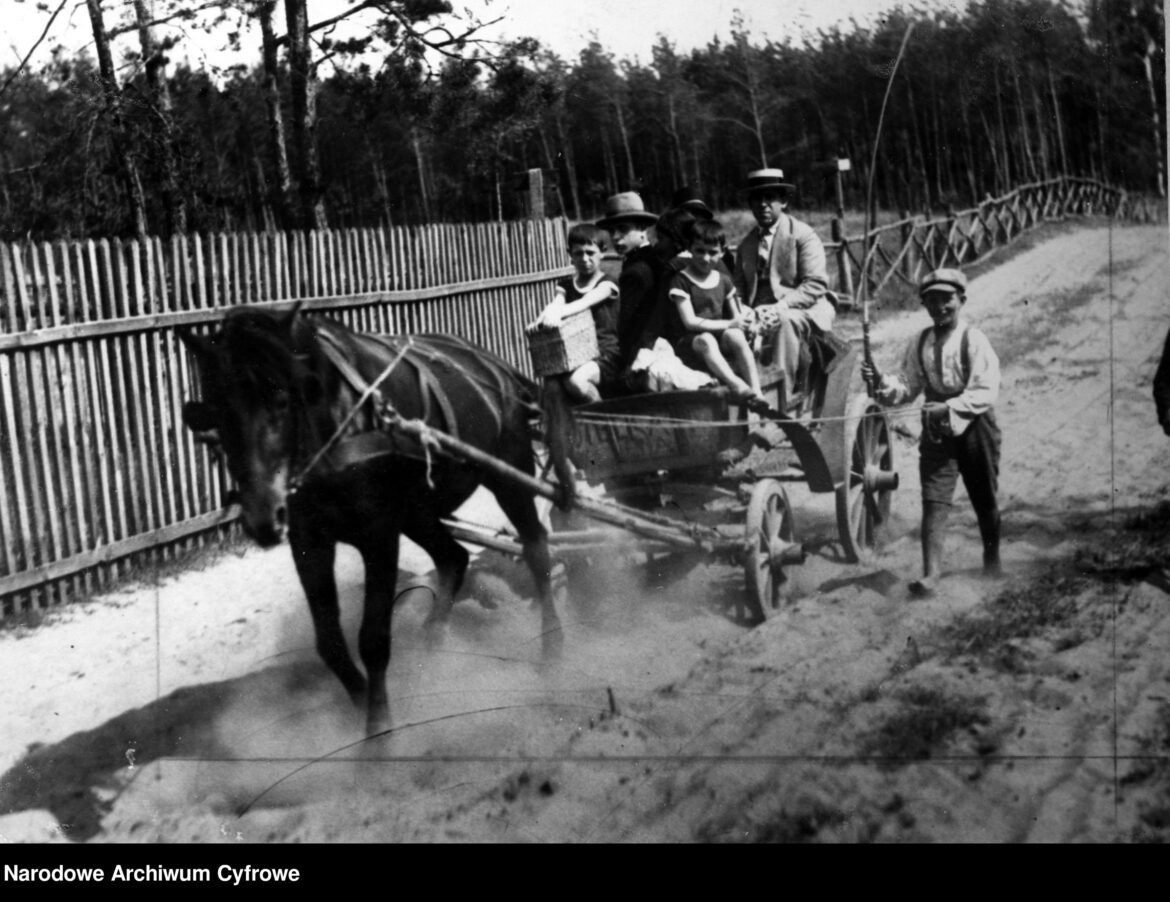Nowadays forgotten, Piotr Choynowski was a very well-known writer in his time. His works depict the Polish elite at crucial moments in history (the January Uprising, the 1905 Revolution, the Polish-Bolshevik War), their everyday life at the beginning of the 20th century and in the inter-war period.
Relying on his own memories, P. Choynowski also described the world of children from landowners’ gentry families. What did holidays in a nobleman’s manor look like?
Every year there were hoards of children from Danków. Every spring letters from near and far relatives announced to aunt Marynia the imminent arrival of kids of various ages, and always “with corrections” or “without promotion” (“Kij w mrowisko” [“A stick in the anthill”] 1923).
A tutor was employed on holiday for these ‘noughties’ and ‘knuckleheads’. From Monday morning until Saturday lunchtime, he was not held in high esteem by the pupils. The boys preferred to steal pears in the local orchards, climb the highest linden trees, play Indians or even – “shoot” with pistols stolen from the master’s office (which was considered a lesser offence than trying to make a statement to the governess). However, on Saturday afternoon, respect for the teacher grew rapidly. The reason for this was that on that day he would tell the governor “what was due to whom”, i.e. who should be punished more and who should be punished less, but always with a rod and “in a paternal way”. However, these painful experiences were soon forgotten, especially when the aunt would offer a plate of raspberries or blueberries as a consolation.
Piotr Choynowski’s depiction of a summer in a country manor is reminiscent of the works of Kornel Makuszyński. The books of these authors, among other testimonies, confirm the long duration of Polish noblemen’s culture. The historian and journalist Michał Rolle (1865-1932) stated that the family, neighbourhood and social ties of the landowners’ gentry meant that it was possible to travel freely (almost without money), as they said at the time, with a “thong drawbar”, from one end of Poland to the other, taking advantage of the hospitality of various manors. This allowed older pupils and students to spend unforgettable holidays.





